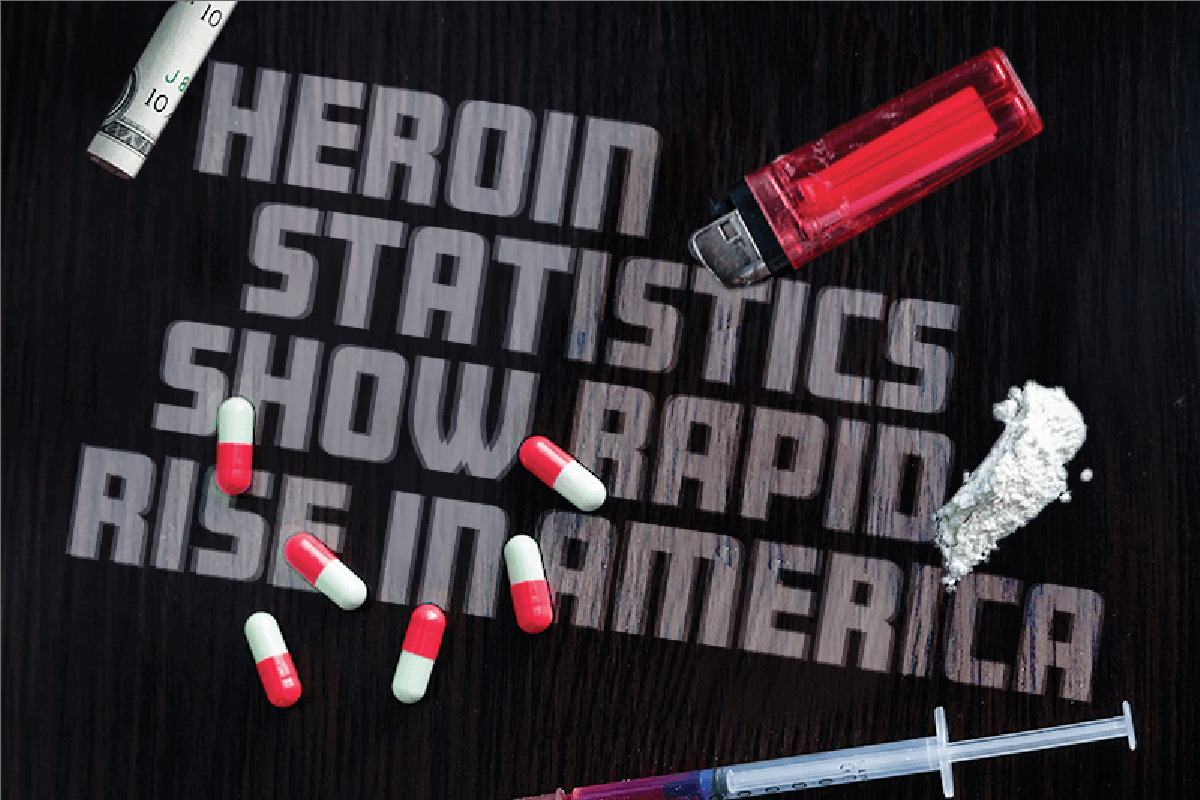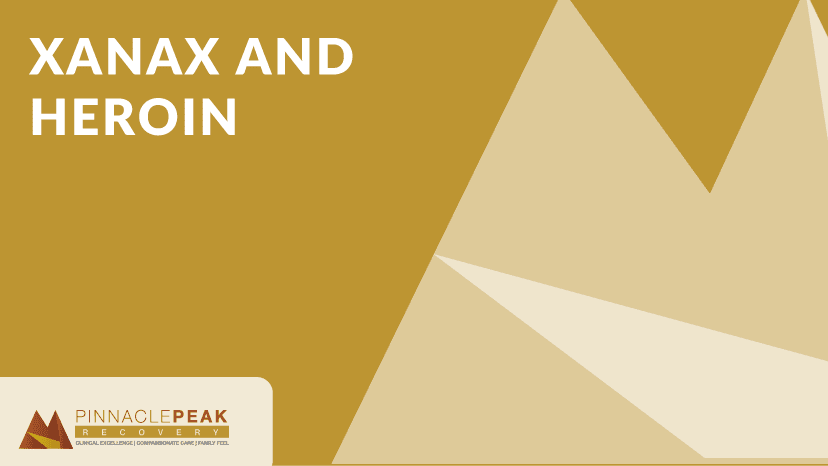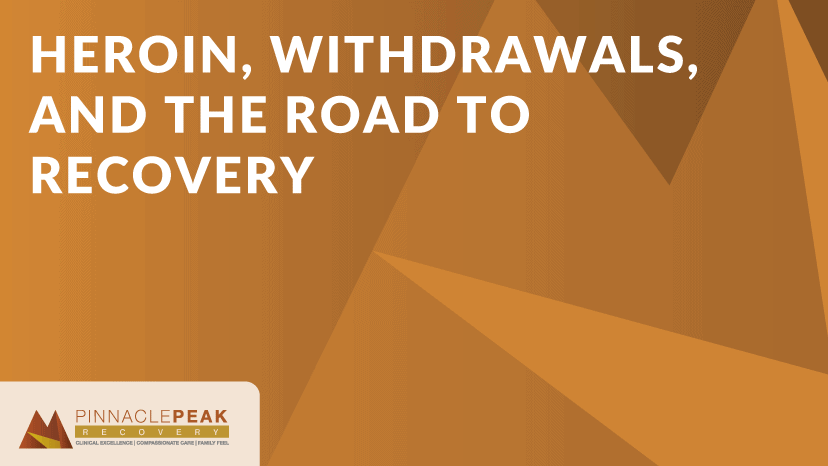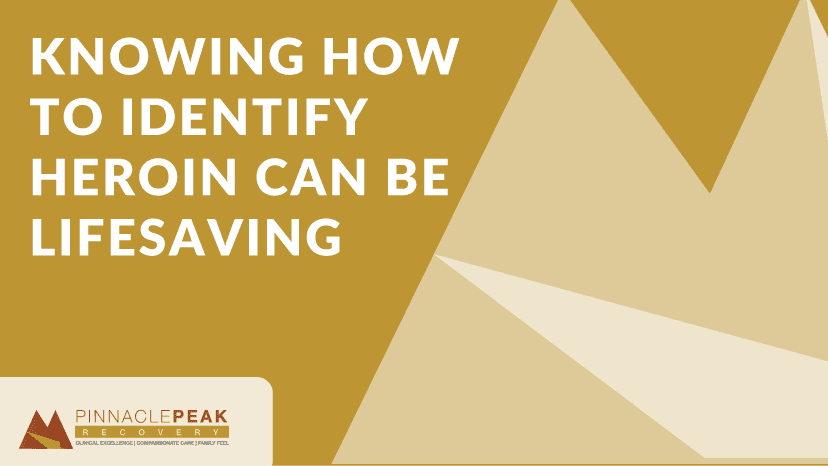Heroin Statistics Show Rapid Rise in America [Infographic]

Per the Centers for Disease Control and Prevention, the latest heroin statistics show an alarming rise of heroin use in America, especially among young adults ranging from ages 18-25 years old. Heroin is a highly-addictive opioid drug created from morphine that quickly causes a rise in tolerance. As a result, your body craves more when harsh heroin withdrawal symptoms arise. Due to the overwhelming withdrawal process, a vast majority of users fail to find treatment.
The Surge of Heroin Use and Overdose
Finding qualified help from a drug and alcohol addiction treatment center to lead you through each level of lifelong recovery gives you the best option for conquering heroin addiction. Professional drug addiction treatment is currently in high demand. Out of all the provided heroin statistics, the rise in heroin use may be most concerning.
The heroin statistics according to the National Institute on Drug Abuse indicate 948,000 heroin users in 2016, a number that increased 135% from 404,000 in 2002. Most noteworthy, though, is that heroin-related deaths have increased 533% since 2002.
Heroin Withdrawal Timeline
The intensity of heroin withdrawal differs for everyone. Due to heroin dependence, physical withdrawal normally begins 6-12 hours after your last dose of heroin and continues for seven to 10 days. In some severe cases, withdrawal can last up to two weeks.
Most common heroin and other opiate withdrawal symptoms include:
- Anxiety, aggressiveness, and depression
- Nausea, vomiting, and abdominal cramps
- Intense drug cravings
- Sleep disorders
- Muscle spasms
As a result of intense physical withdrawal from heroin, many individuals suffer from relapse, or even worse, heroin overdose. However, post-acute withdrawal syndrome (PAWS) lasts 3-6 months
Heroin Addiction Effects
Heroin is one of the most addictive drugs available. As a result, users often become dependent on this drug quickly. In fact, 23% of first-time heroin users develop an addiction.
Heroin addiction is so intense because of the mechanism the drug generates in the brain. First, heroin intersects the blood-brain barrier as the heroin is metabolized into morphine. Next, opiate receptors in the cerebral cortex, VTA, nerve fibers, spinal cord, and brainstem experience morphine binding.
The damage that a heroin addiction creates can be permanent or reversible. Some notable health effects include organ diseases or failure, infectious diseases, damaged brain stem, and compromised immune system.
Take a Stand Against Heroin Addiction
These startling heroin statistics display the devastation of heroin addiction in the United States. If you or a loved one is dealing with or showing signs of heroin withdrawal or addiction, find help immediately.
Located in Scottsdale, Arizona, Pinnacle Peak Recovery provides a full continuum of care to help you overcome your drug addiction. For lasting recovery and a life full of enjoyment, call 866-377-4761 today.




